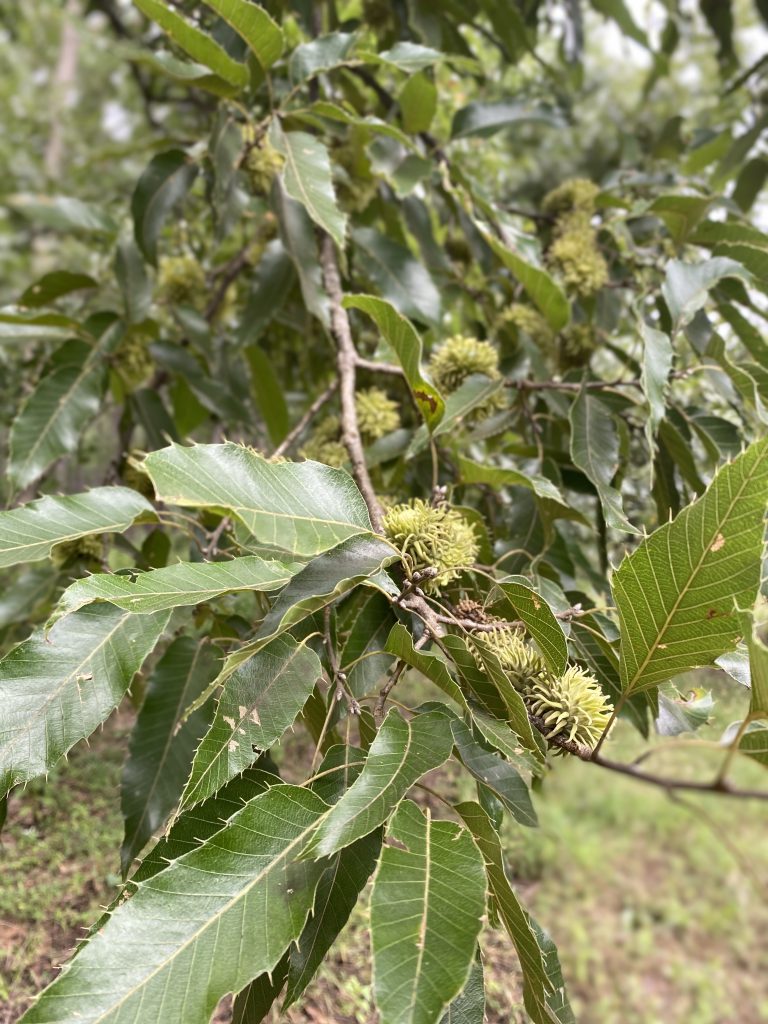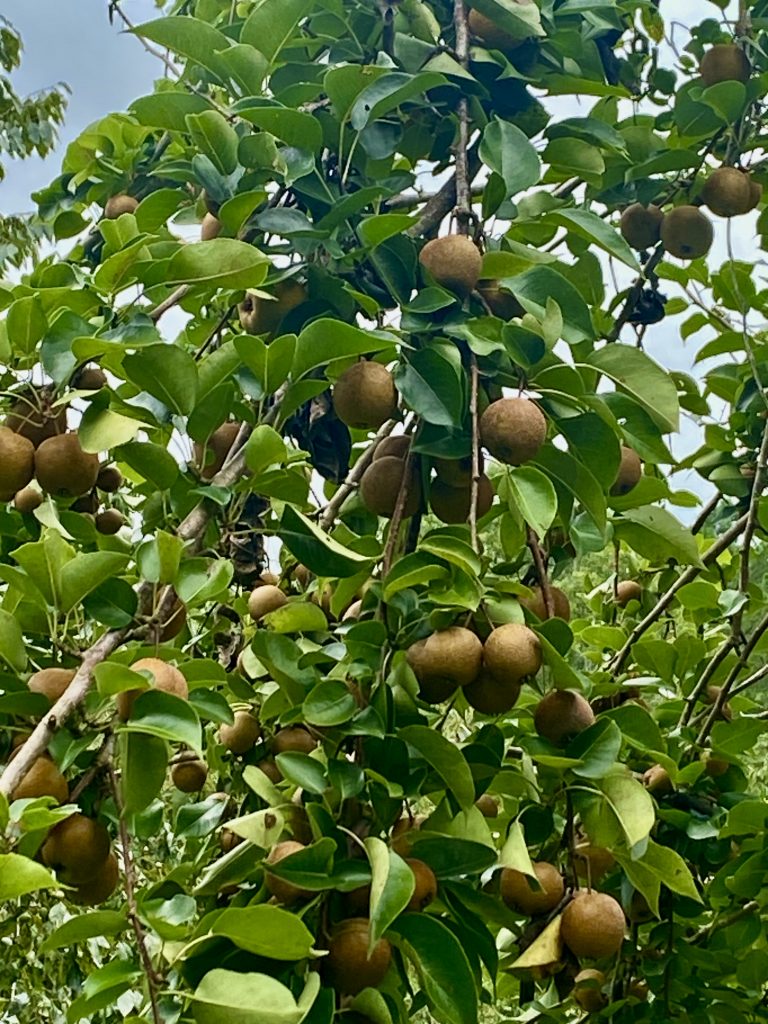Diversifying Your Tree Portfolio
When creating wildlife habitats, diversity is crucial. Developing various types of habitats across your property will attract a wider range of wildlife.
Diversity comes from different plant and tree communities throughout your landscape. It can also result from a variety of crop plantings in food plots.
One aspect of habitat management that may be overlooked is the variety of hard-mast and soft-mast trees on your property. This can differ from one property to another. Trees offer a diverse food supply throughout the year, supporting various wildlife species. Planting small orchards or groves of hardwood trees strategically across the property can diversify and enhance habitat quality.
Location/Size
Identify areas across your property that may lack hardwood or soft-mast-producing trees. Planting sites can include abandoned fields, road edges or food plots. These small tree plantings range from half an acre to 2 acres in open spaces. In plots, trees can be planted at the corners or the center of the field to break up space and provide diverse food sources. Trees can also supply shade in open areas during warm and hot months. The goal is to develop small sections throughout the property rather than on a large scale.

Tree Varieties
When selecting trees for your property, choose varieties that attract wildlife by offering beneficial food sources. The three most popular hardwood species are oak, hickory and beech. Some oak species beneficial for wildlife include white oak, Shumard oak, cherry bark oak, water oak and sawtooth oak. Common soft mast trees for wildlife include persimmon, apple and pear. American beech, pignut hickory, shagbark hickory, mockernut hickory and black walnut all provide quality food sources for smaller wildlife.
New tree seedlings come in different sizes. Small seedlings with thin stems, usually 1 to 2 feet tall, are typically 1 year old. Tree seedlings sold in pots, from 1 to 3 gallons, are 3 to 5 years old. Ball and burlap-sized trees ready to produce fruit or mast are at least 10 to 15 years old.
Some varieties of pears and apples can be planted in the same season, but their fruiting times differ. For example, one may produce fruit in early summer, while others might only bear fruit in late fall. Most mast-producing trees bear fruit from late summer through fall.
Planting/Layout
Plan your layout to fit the specific area where you want to plant your trees. Trees should be spaced in rows to allow for growth and easy maintenance. The layout and size of your area will determine how many trees to plant. An example could be: A half-acre abandoned field with 15 pear trees in rows or five sawtooth oak trees planted in the center of a 2-acre food plot.
The best time to plant trees is early winter. During this season, trees are in a dormant stage, meaning they are not actively growing. This makes it a safe time to plant, allowing the tree to start growing actively in the spring.
There are various methods for planting trees. Most smaller tree seedlings can be planted with a shovel or post-hole diggers. Larger trees with root balls can be planted using an auger and a tractor or a tree spade. Things to consider when planting include adequate soil moisture, which helps roots start in moist soil. Dig your holes large enough to allow space for roots to expand without bending when placed in the hole. Adding peat moss to the hole and around the tree after covering it can provide extra protection for the roots, helping them establish in the soil. Tree protectors should be placed around young and small-diameter trees. These protectors guard against antler rubbing by deer, and against smaller wildlife, such as rabbits that may chew the bark. They also act as a greenhouse around small seedlings to promote healthy growth.
Shrubs and Small Trees
Other varieties of woody shrubs and trees are valuable to wildlife as a food source. Examples include flowering dogwood, serviceberry, red mulberry, strawberry bush, Chickasaw plums and pawpaw. These shrubs and trees offer a diverse range of food sources and cover for songbirds, quail, wild turkey, black bear and deer. They can be planted in hedge rows along food plot edges or roadsides.

Professional Assistance and Purchasing
Numerous online and local tree nurseries offer wildlife-specific tree species suitable for your property. Consult your local wildlife biologist, forester or agricultural extension agent for professional advice to enhance the diversity on your land.
